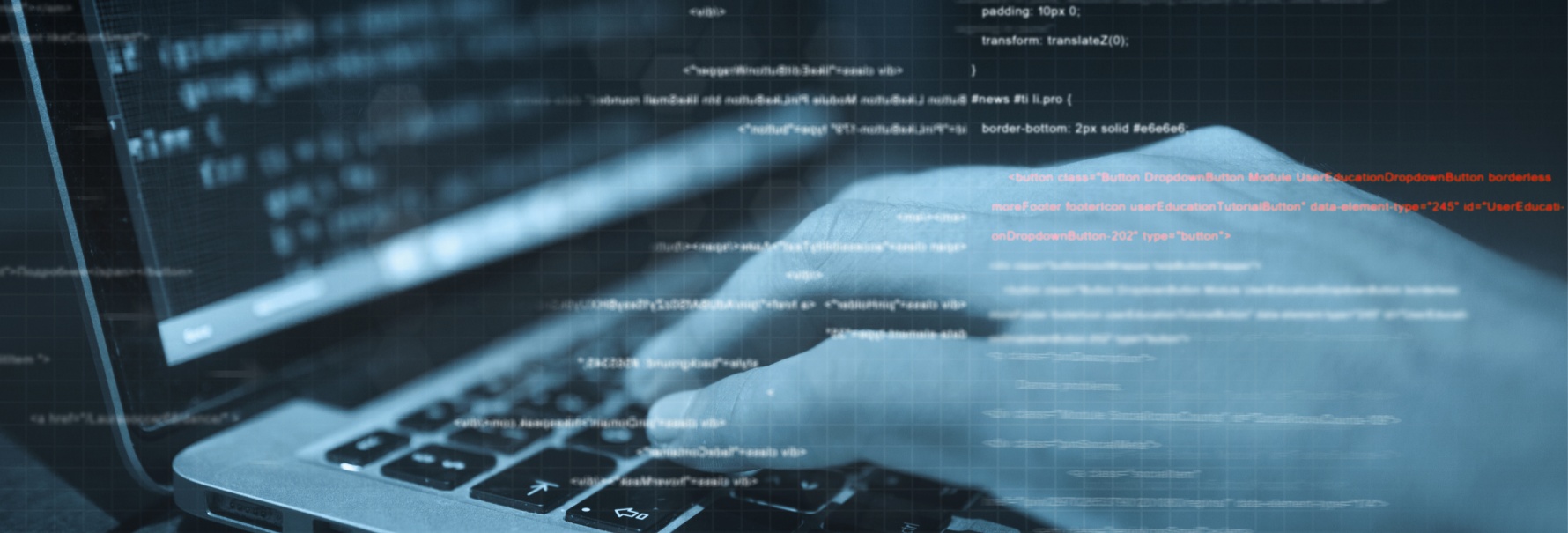Cyber threat landscape: who is LockBit gang?
2022-11-03
The cyber threat landscape has undergone many shifts in the past year, from the involvement of ransomware cyber gangs in hacktivist activity during the war between Russia and Ukraine, to the disappearance from the scene of the most prolific ransomware groups. These include DarkSide, the hacker group behind the Colonial Pipeline attack, which decided to cease its operation in May 2021, and REvil, once of the most active ransomware groups which was responsible for the attack on the software company Kaseya. In July 2021, REvil suddenly disappeared from the internet, after receiving significant attention from law enforcement. One of the groups that has been active since 2019, and continues to grow regardless of the shifts in the cyber threat landscape is the LockBit gang.
Who is LockBit?
The LockBit gang, previously known as ABCD, is the operator of the ransomware LockBit, LockBit 2.0, and LockBit 3.0, which was released in June 2022 as part of the group’s new campaign. Their ransomware operation, first launched in 2019, has grown to be one of the most active and impactful operations. LockBit, which works as a Ransomware-as-a-Service (RaaS) model, recruits affiliates in underground forums in order to launch prolific attacks. It appears that the group only accepts to work with experienced and technically proficient affiliates. According to researchers, by May 2022, LockBit 2.0 accounted for 46% of all the ransomware attacks occurred in 2022.
In their attacks, LockBit operators leverage double extortion techniques, threatening victims of leaking the compromised data, to pressure them into paying the ransom. The gang has also been observed performing triple extortion, by launching DDoS attack targeting the victims’ infrastructure to render it unavailable and ensure the victims will pay. LockBit is a financially motivated actor, and it has launched attacks on victims across different sectors, including professional services, construction, retail, manufacturing, and the public sector. While the cybercrime group is responsible for attacks around the world, the majority of its victims are located in the US, Italy and Germany. Similarly, to other ransomware groups, it appears that the LockBit ransomwares avoid targeting systems that are set in Eastern European languages.
LockBit 3.0
Following the release of LockBit 2.0 in March 2022, the LockBit gang unveiled a new variant of the ransomware in June 2022, naming it LockBit 3.0. This coincided with the launch of group’s new data leak site on Tor, and the beginning of the first bug bounty program offered by a cybercrime group. According to cybersecurity experts, the new LockBit 3.0 ransomware displays new capabilities, in particular obfuscation features. These features allow the malware to slow down and even prevent reverse engineering, hence making it more difficult for researchers to be able to analyse the malware. Researchers have noticed that the ransomware’s code share similarities with the BlackMatter ransomware, hence where LockBit 3.0’s nickname, LockBit Black, takes its name from.
As part of its bug bounty program, the LockBit group invites security researchers, in addition to ethical and unethical hackers, to discover bugs and vulnerabilities in their ransomware, and report them to the group. For this, the LockBit gang offers rewards ranging from $1000 to $1 million. The program also encourages hackers and researchers to submit “brilliant ideas” that will improve the ransomware operation, in exchange for a reward. The LockBit gang is also offering a $1 million reward to anyone who will be able to dox the groups’ affiliate program manager.
Recent attacks
In one of its latest attacks, LockBit claims to have compromised Italy’s tax agency, L’Agenzia delle Entrate (AdE). The gang, which had given the AdE until the 1st August to pay the ransom, published 47GB of compromised data on the 3rd August as the ransom was not paid. From a first analysis of the leaked data it does not appear that it belongs to the Italian tax agency, but rather to a third entity. This would be in line with the statement provided by Sogei SPA, the state-funded organisation that manages the IT infrastructure of the AdE, which claims that there is no evidence of unauthorised access to the systems of the Italian tax agency. Similarly, Roberto Baldoni, the director of Italy’s national cybersecurity agency, stated that the attack did not hit the AdE.
The LockBit gang has proven once again its resilience, and its ability to evolve and improve its criminal operation, in a moment when other prolific ransomware groups have disappeared from the underground scene. Cybersecurity researchers warn that the group will continue to launch damaging attacks to companies across the world.
Reference list:
https://cybernews.com/news/lockbit-2-0-listed-a-whopping-203-victims-on-its-data-leak-site/
https://www.darkreading.com/attacks-breaches/lockbit-3.0-improved-malware-gang-top
https://edition.cnn.com/2021/07/13/tech/revil-ransomware-disappears/index.html
https://techmonitor.ai/technology/cybersecurity/italy-ransomware-lockbit-tax-office
https://unit42.paloaltonetworks.com/lockbit-2-ransomware/
https://www.zdnet.com/article/a-deep-dive-into-the-operations-of-the-lockbit-ransomware-group/
The information contained in this article is provided for informational purposes only and does not constitute professional advice and is not guaranteed to be accurate, complete, reliable, current or error-free.

Related news

Akira: the ransomware group quietly building a cybercrime enterprise
2025-06-04Akira has quickly become one of the most feared ransomware groups that emerged in 2023, launching indiscriminate attacks across countries and sectors. Known for its aggression, use of double extortion, and links to Conti and Ryuk, Akira represents a new level of cybercrime professionalism and global risk.
Read more
7 Major Breaches of 2024
2025-05-07Cyber threats evolved rapidly in 2024, affecting companies like Ticketmaster, AT&T, and Intesa Sanpaolo. From insider threats to massive cloud breaches, these seven events highlight critical failures in cybersecurity and the growing cost of digital vulnerabilities.
Read more
Evil Corp The New Targets of the National Crime Agency
2024-10-25Evil Corp, a notorious Russian cybercrime group, has been hit with sanctions by the UK, US, and Australia following their involvement in ransomware attacks. The group is also known for its connections to the Russian Government. Recent international efforts, including Operation Cronos, aim to disrupt their activities and weaken their influence on the global ransomware industry.
Read more
A Brief History of Ransomware
2023-11-10Ransomware is continuously developing and becoming more and more sophisticated. It isn’t going anywhere anytime soon, but where did it come from? Where did it go? And how has it evolved?
Read more
DDOS Attacks Rock The Italian Financial Sector
2025-02-21The Russian-based NoName057 group has targeted Italy's financial infrastructure with DDOS attacks, affecting banks and other critical organizations. These attacks are linked to Italy's support for Ukraine. The attacks highlight the need for businesses to implement real-time monitoring and advanced security measures to protect their infrastructure.
Read more
Gazavat/Expiro Malware Spotted in Africa after Decade-Long Disappearance
2024-11-15Resurgent Expiro malware is spreading in Africa, leveraging advanced techniques to evade detection and steal sensitive data. Learn prevention and mitigation rules for consumers and business.
Read more
How Bad Actors Begin
2023-08-02There is a clear path of progression for a bad actor to go from unknown and uninvolved, to standing shoulder to shoulder with the internet's most sophisticated criminals. In this article we attempt to answer the question of how bad actors are made.
Read more
2023 Cybersecurity Threats and Trends
2023-07-05is perpetrated. In this article, we will take you through some key points which illustrate the direction that cybercrime is taking. This might help to inform users about the types of attacks we can expect throughout the rest of 2023.
Read moreContacts
Let's talk
Please fill in the form below (fields with * are mandatory) and we will respond to your request as soon as possible!